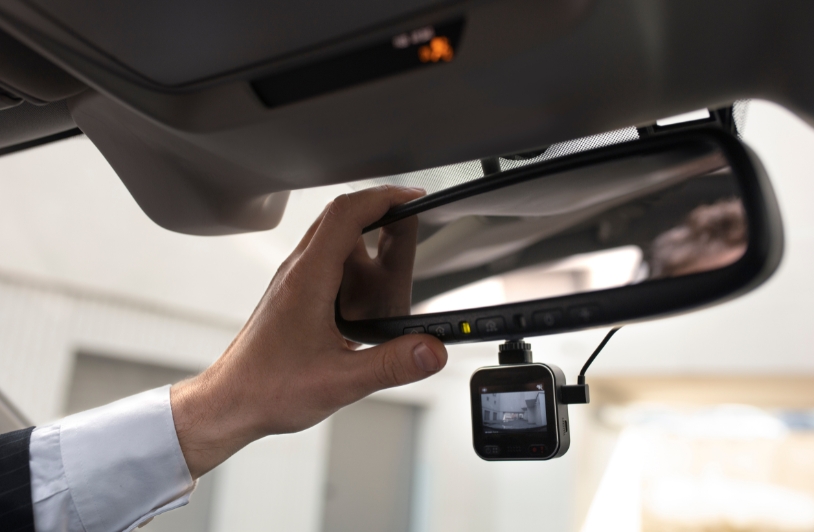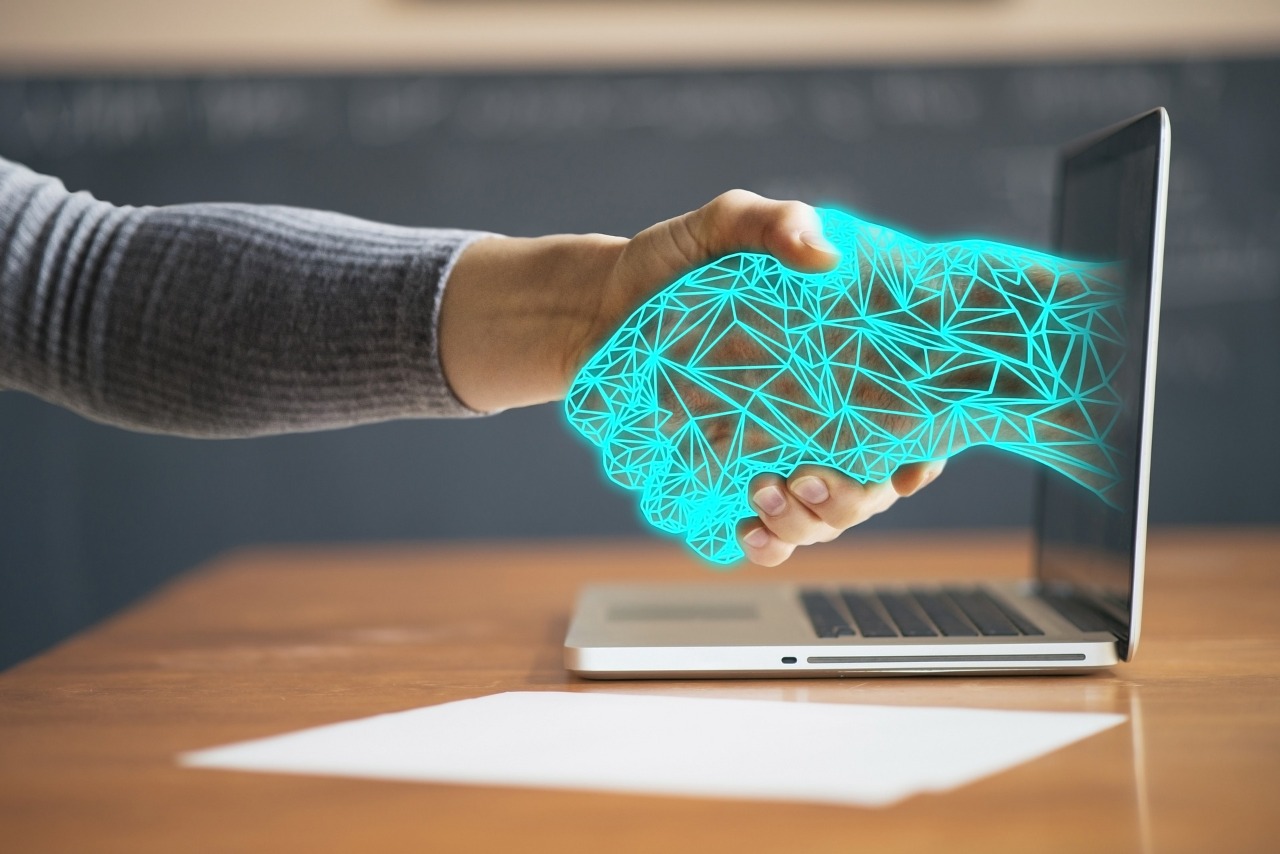Vehicle accident claims are no longer judged solely on eyewitness testimony. Dashcams, GPS tracking, and vehicle telematics provide real-time data that reveals exactly what happened during a collision. This type of evidence can confirm speeds, braking patterns, and vehicle positions, often clarifying disputed events described in statements or insurance reports. Anderson, Cummings, & Drawhorn frequently rely on this digital information to strengthen clients’ claims and counter inaccuracies from other parties.
The Role of Dashcams in Accident Claims
Dashcams are the most straightforward form of digital evidence. They record continuous footage while driving, capturing events leading up to and during an accident. Unlike human memory, which can be unreliable under stress, dashcam footage provides an objective visual record.
Traffic signals, lane placement, pedestrian activity, and other drivers’ actions can all be seen on dashcam footage. When there is a dispute over who is at fault or when an accident happens in complicated traffic situations, this clarity is especially helpful. Lawyers can use this video to piece together the events and verify that their client was operating a vehicle safely. Dashcam footage can sometimes even clear a driver who might otherwise be held accountable for an accident.
Telematics and GPS: Data That Speaks
Modern vehicles are increasingly equipped with telematics systems that track speed, braking, acceleration, steering, and seatbelt use. GPS systems record precise location and routes, providing a timeline of the vehicle’s movement leading up to the crash.
This data can reveal details that witnesses might miss or misremember. Telematics may demonstrate, for instance, that a vehicle’s speed was within legal bounds or that a driver braked earlier than the other party claims. Telematics helps lawyers establish liability and make a compelling case by providing a comprehensive picture of the incident when combined with dashcam footage. This objective data is a crucial component of accident claims since insurance companies frequently use it to determine settlements.
Collecting and Preserving Digital Evidence
Digital evidence is only valuable if it is properly gathered and stored. Improper handling of files can result in corruption, overwriting, or accidental deletion. It’s equally crucial to keep a transparent chain of custody. This guarantees the evidence’s admissibility in court and keeps insurers and other parties from contesting its accuracy. Lawyers also counsel clients on how to obtain additional information, including photos of the collision scene, the car’s damage, and the road conditions. Together, these components produce a thorough, verifiable record that supports the claim.
Analyzing Digital Evidence
It takes more than just watching logs or videos to analyze dashcam and telematics data. Attorneys frequently synchronize data from various sources using specialized software to produce a precise chronology of events. Data on acceleration, braking, and speed can be superimposed on GPS tracking to show the exact path leading to the collision.
This degree of specificity aids lawyers in resolving contradictions in witness statements, elucidating contested timelines, and refuting false insurance reports. The ability to provide an unbiased reconstruction of the collision often has a significant impact on settlement talks and can even eliminate the need for drawn-out legal proceedings.
Real-World Impacts
Imagine a rear-end collision at a busy crossroads. Eyewitness reports differ; some claim the lead car braked suddenly, while others maintain it stopped suddenly. These disparities can be quickly resolved by combining dashcam footage with telematics data that displays vehicle speed and braking patterns.
In another instance, GPS data can refute allegations of carelessness by demonstrating that a driver followed the correct route and complied with traffic regulations. Attorneys can increase the chances of a successful outcome in both situations by providing a convincing, fact-based story to insurers or a court.
Future of Digital Evidence in Accident Cases
The quantity and variety of available data keep expanding as car technology develops. The prevalence of integrated telematics, high-resolution dashcams, and cloud-based systems that automatically store driving data is rising. These developments make it simpler for lawyers to compile thorough evidence and present clients with a more compelling case.
When these tools are used proactively along with advice from knowledgeable legal counsel, clients benefit greatly. To ensure claims are based on facts rather than conjecture, technology now influences not only documentation but also the tactics used in negotiations and legal proceedings.
Final Thoughts
Digital evidence from dashcams, GPS, and telematics systems is redefining how vehicle accident claims are evaluated and resolved. By collecting, preserving, and analyzing this data, Anderson, Cummings, & Drawhorn help clients present a clear and compelling case. Leveraging technology ensures disputes over fault are minimized, timelines are verified, and settlement outcomes reflect the facts rather than conflicting testimonies. In modern accident claims, proper use of digital evidence can be the key factor in achieving fair compensation and protecting drivers’ rights.




